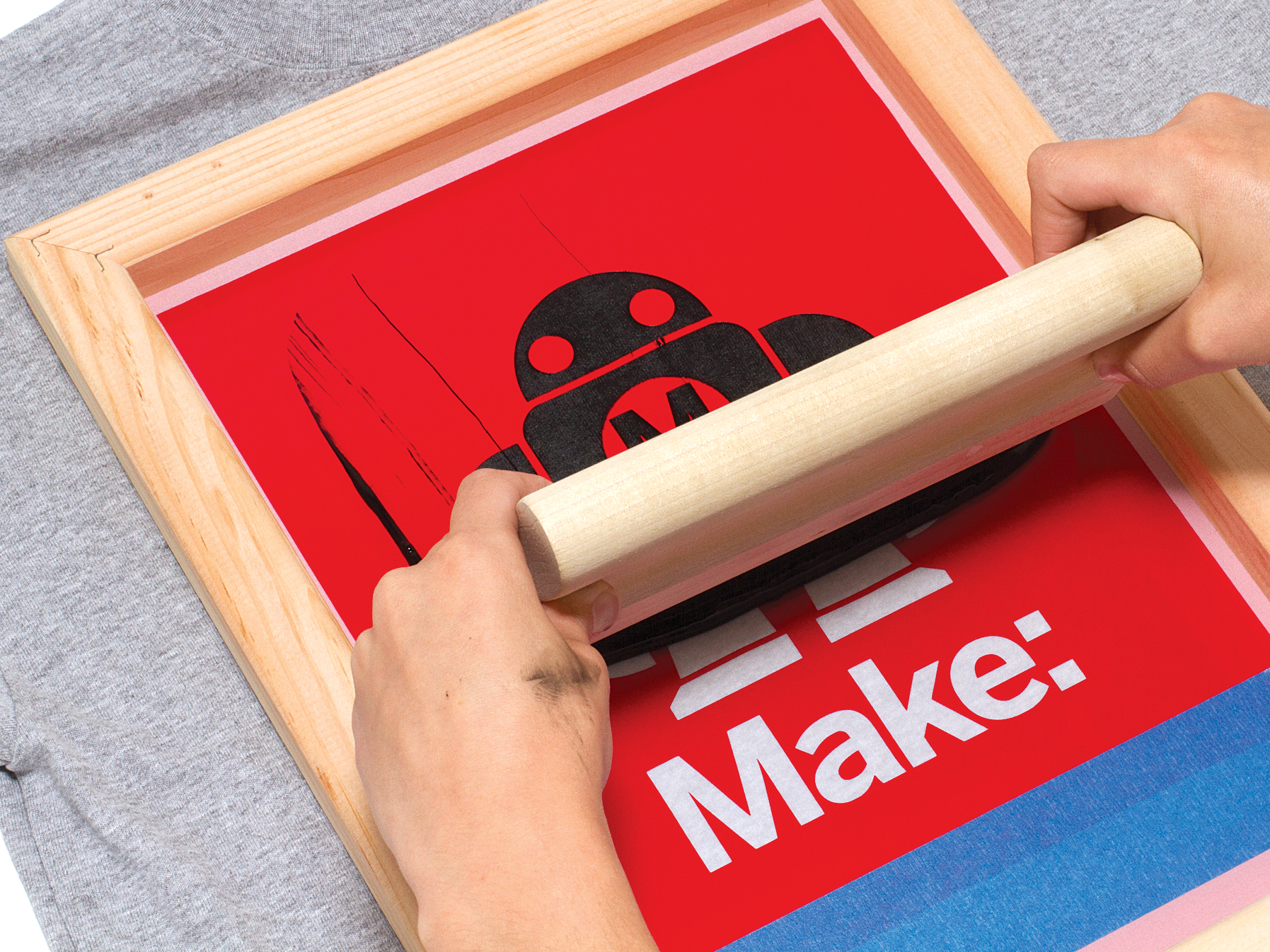The Vital Guide to Comprehending Screen Printing and Its Versatile Utilizes
Screen printing has a rich history that dates back to old times, advancing into an innovative method used throughout various markets today. This guide explores the ins and outs of the screen printing process, describing its applications in advertising, style, and home style - 10:9 Design near me. Understanding these basics can open imaginative potential for both artistic and industrial jobs. The adhering to sections will certainly reveal essential suggestions and techniques to boost one's screen printing undertakings
The History of Screen Printing
Although screen printing has origins that map back centuries, its development mirrors the technical and artistic innovations of various societies. Coming from old China, the technique was at first utilized for enhancing textiles and later spread to Japan, where it became important to Ukiyo-e woodblock printing. The method moved to Europe in the 18th century, where it acquired popularity among craftsmens and business printers. The innovation of image solution in the 20th century transformed screen printing, enabling more elaborate styles and greater effectiveness. Musicians like Andy Warhol better drove its popularity, using the medium to produce legendary works that blended commercialism and art. By the late 20th century, screen printing had established itself as a versatile method, utilized in vogue, advertising, and fine art. Today, it continues to evolve, integrating digital modern technology and increasing its applications throughout different industries.
The Screen Printing Refine Explained
Screen printing changes creative visions into substantial layouts with a collection of precise steps. A photo is developed and then moved onto a screen, commonly made of great mesh textile stretched over a structure. A light-sensitive solution is put on the screen, which is revealed to light, solidifying in areas not covered by the picture. After washing out the unhardened solution, a pattern is formed.
Next, the screen is positioned over the substratum, whether it be textile, paper, or another material. Ink is after that pushed through the open areas of the stencil using a squeegee, depositing the style onto the substrate listed below. This procedure can be repeated for multiple shades, needing separate displays for every hue. The printed thing is treated using warmth to ensure the ink sticks correctly, resulting in a long lasting, dynamic layout prepared for usage.
Kinds Of Screen Printing Techniques

Furthermore, specialty strategies, such as discharge screen printing, eliminate dye from the material to produce softer prints, while aluminum foil screen printing uses metal foil to achieve a glossy surface (10:9 Design Embroidery). Each strategy supplies distinct attributes, accommodating numerous innovative requirements and production ranges, inevitably increasing the possibilities within the screen printing domain name
Applications of Screen Printing in Various Industries

In addition, the signage and advertising and marketing industries make use of screen printing for creating attractive displays and banners. This technique permits for strong shades and elaborate layouts that capture interest. In electronic devices, screen printing is employed for using conductive inks to motherboard, vital for component connections. The home decoration sector embraces screen printing to create unique styles on fabrics and wall surface art. On the whole, screen printing acts as an essential tool across diverse fields, enhancing items with the original source individualized and visually attractive graphics.
Tips for Effective Screen Printing Projects
While embarking on a screen printing project, careful focus to information can significantly enhance the last result. Initially, choosing high-quality products is crucial; this consists of the screen, inks, and substrates. Making use of ideal mesh matters can affect ink deposition and detail resolution. Prep work is just as vital; thorough cleaning of displays and correct exposure times ensure crisp prints.
Next, accurate registration is critical for multi-color prints. Making use of placement devices can assist accomplish accurate layering. Furthermore, testing prints on scrap products before manufacturing helps identify prospective issues without throwing away sources.

Regularly Asked Inquiries
What Products Are Ideal for Screen Printing on Fabric?
Cotton and polyester blends are perfect for screen printing on fabric due to their resilience and ink absorption. Additionally, specialized textiles like silk or canvas can generate special structures and surfaces, improving the general style high quality.
How Do I Tidy and Maintain Screen Printing Devices?
To preserve and clean screen printing equipment, one ought to consistently wash screens with suitable solvents, evaluate mops for wear, oil relocating components, and shop all items in a completely dry, dust-free environment to extend their life expectancy.
What Are the Ecological Influences of Screen Printing?
Screen printing can have considerable environmental impacts, consisting of chemical waste from solvents and inks, water usage throughout cleansing processes, and energy intake. Eco-friendly products and sustainable techniques are important for minimizing these adverse impacts.
Can Screen Printing Be Done at Home Properly?
Screen printing can be successfully done at home with the right products and methods. Hobbyists can develop quality prints, though success relies on their skill degree, equipment, and understanding of the procedure involved.
What Are the Prices Related To Starting a Display Printing Company?

Beginning a screen printing service entails costs for equipment, materials, and office. First expenditures generally range from a couple of hundred to numerous thousand bucks, depending on the scale, high quality of equipment, and wanted production capacity.
Screen printing has a rich history that dates back to ancient times, progressing right into an innovative technique used across different markets today. An additional strategy, rotating screen printing, uses cylindrical screens, assisting in continual printing on textile rolls, consequently boosting performance for large manufacturings. In addition, specialized strategies, such as discharge screen printing, eliminate color from the textile to develop softer prints, while aluminum foil screen printing uses metallic aluminum foil to attain a shiny coating. In the fashion sector, screen printing is widely used to develop vivid layouts on apparel, enabling brands to display their one-of-a-kind designs. Cotton and polyester blends are optimal for screen printing on textile due to their durability and ink absorption.